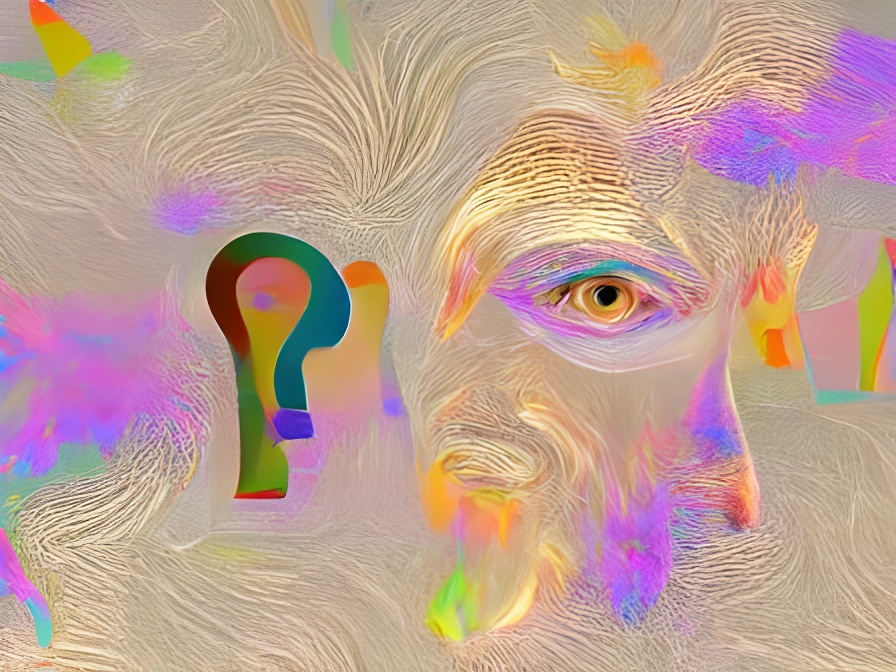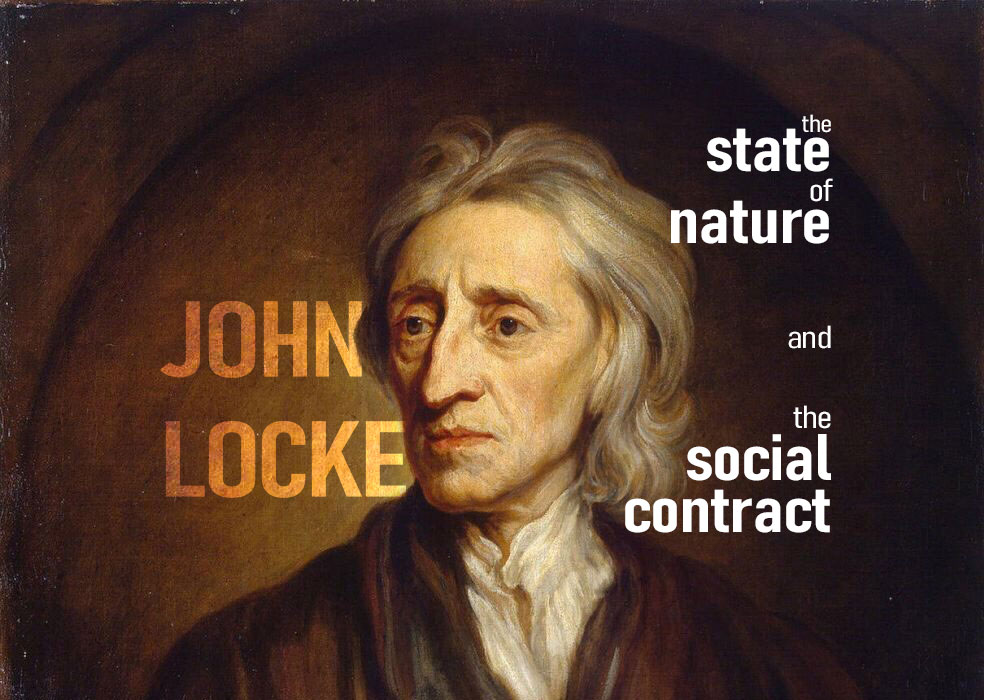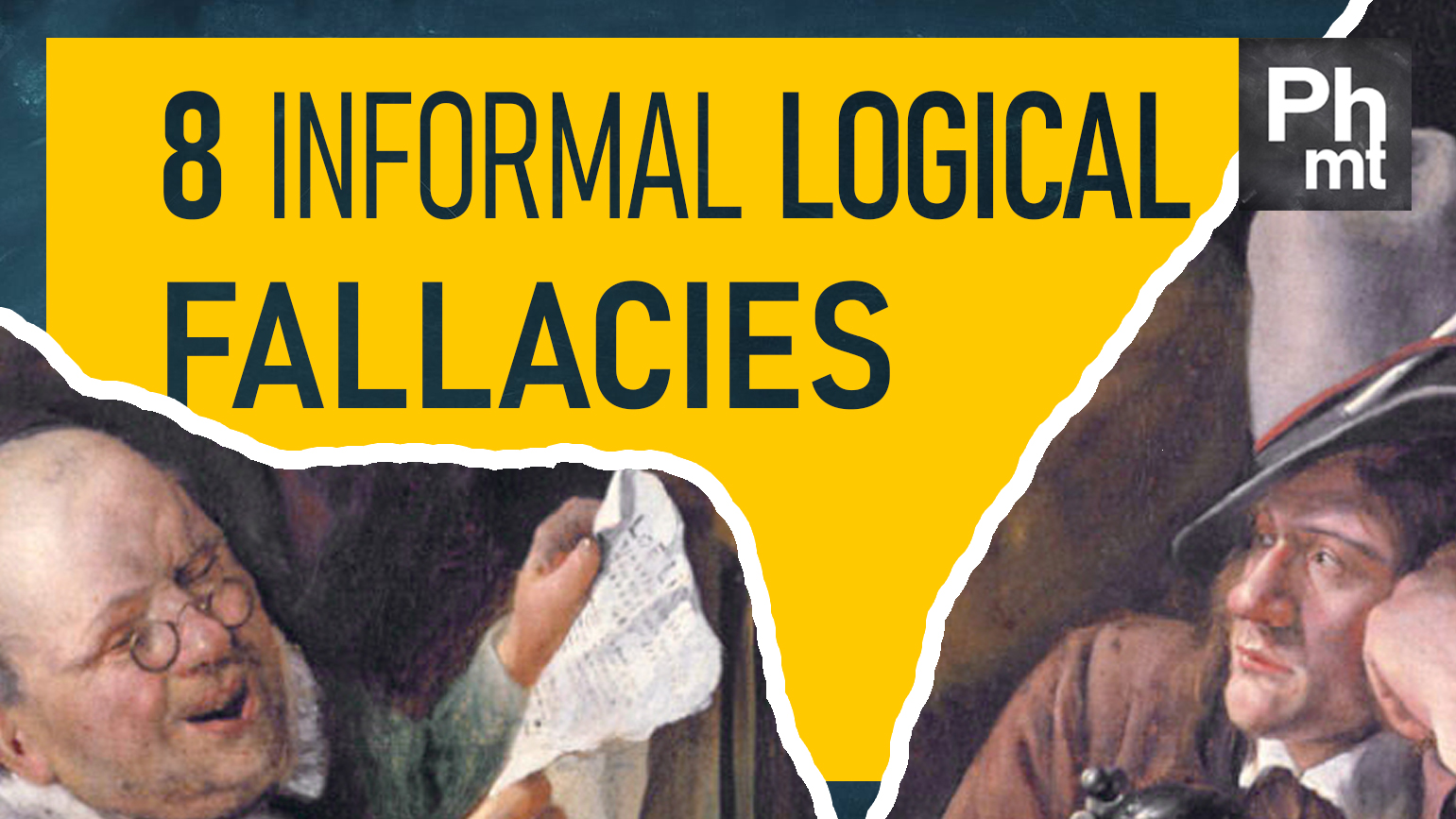What is a person?
In fields like ethics and law, the question, “What is a person?” ascends to prominence, soliciting profound contemplation. This essay will delve into the intricate facets of personal identity, examining the human dimension, an expanded notion of Personhood, some philosophers’ perspectives, and the significance of such an exploration in today’s world, guiding us towards a more nuanced understanding of the concept of personhood.
Part 1: The Human Dimension
What defines a person? The concept of personhood has evolved throughout history, shaped by cultural and intellectual influences. In this section, we will explore how the notion of personhood has been traditionally linked to humans and trace its development over time.
In ancient Greece, Aristotle held that a person was a rational being, capable of reason and self-awareness. He believed that these traits distinguished humans from other living creatures, making them unique. The Romans, too, contributed to the understanding of personhood through their legal system, where ‘persona’ referred to an individual’s legal and social identity.
Moving to the Middle Ages, Christian philosophers like Thomas Aquinas elaborated on the concept of personhood, emphasising the importance of the soul. Aquinas argued that the soul was the seat of intellect, reason, and free will, and thus, a key component of being a person.
During the Enlightenment, the concept of personhood continued to evolve. John Locke, a prominent English philosopher, focused on the idea of self-consciousness. He posited that a person was a thinking, self-aware being with a sense of continuity over time. Locke’s ideas on personhood have had a lasting influence on subsequent generations of philosophers.
However, this traditional understanding of personhood has been challenged in recent years. As we delve deeper into the complexities of the human mind, it becomes apparent that personhood is not easily defined. Moreover, the emergence of new scientific advancements and ethical concerns force us to reconsider the boundaries of personhood and question whether it should be limited to humans alone.
In the next sections, we will explore these alternative perspectives on personhood, examining arguments for including non-human animals and artificial intelligence in our understanding of what it means to be a person.
Part 2: Expanding the Boundaries of Personhood
As our understanding of the world grows, so too does our conception of personhood. In this section, we will examine the arguments for extending personhood beyond the human realm, considering non-human animals, machines, and the characteristics that may grant them a place in the realm of persons.
Non-human animals have long been seen as different from humans, but recent research has shown that they possess a range of cognitive abilities and emotional experiences. This has led some philosophers, such as Peter Singer and Jeff McMahan, to argue for the inclusion of certain animals as persons. Singer’s utilitarian perspective prioritises the minimisation of suffering, contending that beings capable of experiencing pain and pleasure deserve moral consideration. McMahan, on the other hand, focuses on the capacity for consciousness and autonomy in determining which animals might qualify as persons.
The debate around non-human animal personhood raises questions about the characteristics that define personhood. Is it intelligence, self-awareness, or the capacity for empathy and compassion? These are complex questions that continue to be debated, as philosophers seek to determine which qualities are necessary and sufficient for being a person.
In parallel, the rise of artificial intelligence has prompted us to reconsider the boundaries of personhood. Machines are now capable of performing complex tasks, learning, and even displaying creativity. This raises the question: could a machine ever be considered a person? The Turing Test, proposed by Alan Turing, evaluates a machine’s ability to exhibit intelligent behaviour indistinguishable from that of a human. If a machine can pass the Turing Test, some argue that it should be granted personhood status.
However, the question of machine personhood is far from settled. Critics argue that machines lack essential qualities, such as consciousness and intentionality, which are central to being a person. The debate surrounding artificial intelligence and personhood continues, as our understanding of both AI and human cognition deepens.
In exploring these alternative perspectives on personhood, it becomes clear that the concept is not as straightforward as it might first appear. The inclusion of non-human animals and machines challenges us to reflect on the very nature of personhood and reassess our preconceived notions. As we move forward, we must be prepared to engage with these complex questions and consider the moral and ethical implications of expanding the boundaries of personhood.
Part 3: Philosophical Perspectives on Personhood
In this section, we will delve into the ideas of Immanuel Kant and John Searle, two influential thinkers with distinct perspectives on personhood, and consider their arguments and counterarguments.
Kant developed a concept of personhood rooted in rationality and moral agency. Kant believed that persons were autonomous beings, capable of making moral decisions based on reason. According to his moral philosophy, known as the Categorical Imperative, persons have an inherent dignity and should be treated as ends in themselves, rather than as means to an end.
Kant’s view of personhood focuses on the moral and rational capacities of individuals, setting a high bar for what it means to be a person. Critics argue that Kant’s approach might exclude certain individuals, such as infants or those with cognitive impairments, who may not fully possess rationality or moral agency. These concerns highlight the potential limitations of Kant’s perspective on personhood.
John Searle, a contemporary American philosopher, offers a different perspective on personhood through his exploration of artificial intelligence. Searle is best known for his Chinese Room argument, which challenges the notion that a machine could ever possess understanding or consciousness. In this thought experiment, a person in a room receives input in the form of Chinese characters, manipulates them according to a set of rules, and produces output without ever understanding the meaning of the characters. Searle argues that this scenario illustrates how a machine can simulate understanding without actually possessing it.
Searle’s Chinese Room argument implies that machines lack the essential qualities of consciousness and intentionality, which he considers central to personhood. Critics of Searle’s argument contend that the thought experiment does not necessarily demonstrate a lack of understanding or consciousness in machines, but rather highlights the limitations of our current understanding of these concepts.
Comparing Kant’s and Searle’s perspectives, we can see that the question of personhood is far from straightforward. Both philosophers offer valuable insights into the nature of personhood, but also face criticisms and counterarguments. This ongoing debate underscores the complexities and nuances that surround the concept of personhood, as well as the challenges that arise when attempting to define it.
Part 4: The Significance of Personhood Today
As we grapple with the complexities of personhood, it becomes increasingly relevant in contemporary society. In this section, we will discuss the implications of these debates on real-world issues, such as ethical considerations and policymaking, and suggest how the concept of personhood might guide our actions and decisions.
One area where personhood has a significant impact is animal rights. As philosophers like Peter Singer and Jeff McMahan argue for the extension of personhood to non-human animals, the implications for animal welfare become clear. If certain animals are considered persons, they would be entitled to moral consideration, potentially leading to changes in legislation and societal attitudes towards animal treatment.
Similarly, the question of machine personhood has far-reaching consequences. As artificial intelligence continues to advance, we must confront the ethical implications of granting personhood status to machines. This could involve establishing guidelines for AI development, ensuring that ethical considerations are taken into account, or even granting certain rights to advanced AI systems.
The concept of personhood also has implications for human rights and social justice issues. By re-examining the boundaries of personhood, we might uncover biases or assumptions that have informed our understanding of who is entitled to rights and protections. This ongoing reflection can lead to a more inclusive and just society, as we continue to refine our understanding of personhood.
For those interested in further exploring the topic of personhood, a variety of resources are available. Books such as “Animal Liberation” by Peter Singer, “The Ethics of Killing” by Jeff McMahan, and “Minds, Brains, and Science” by John Searle offer in-depth analysis of various aspects of personhood. Additionally, articles and academic journals provide ongoing discussion and debate, ensuring that the conversation remains dynamic and evolving.
By engaging with the concept of personhood and its implications, we can better understand ourselves, our fellow beings, and the world around us. This ongoing exploration offers valuable insights that can shape our ethical perspectives and guide our actions, as we strive to create a more compassionate and inclusive world.



